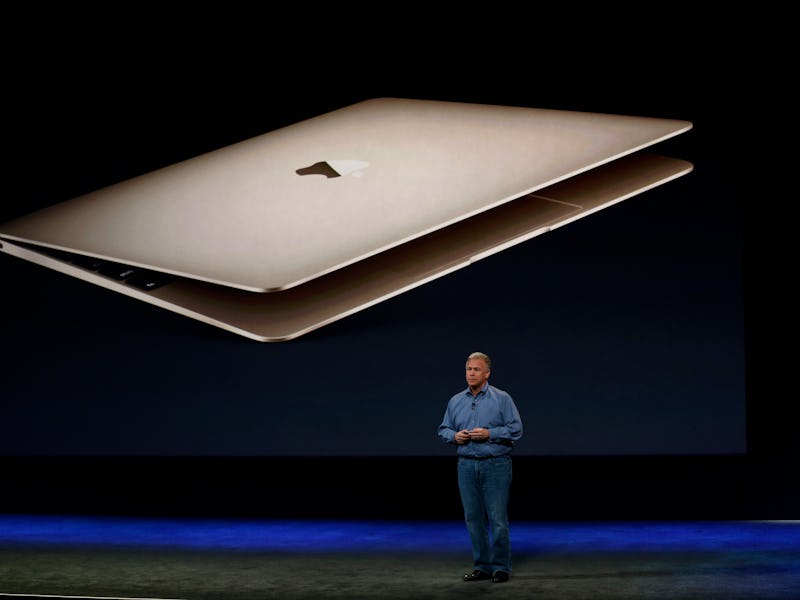Future Apple MacBooks May Have Diamond Trackpads With "Wood Surface" Feel
Apple has patented a new trackpad that can mimic various textures.

Apple has invented a way of making a MacBook trackpad simulate the feeling of wood, metal, or a range of other materials through heat and vibration simulators. The patent, awarded by the USPTO Tuesday, may not see the light of day in a shipping package for a while, but it gives an idea of what Apple thinks could be the future of laptops.
Apple could simulate the feeling of wood by warming the pad and vibrating it in a specific area using an actuator, to imitate the feeling of running a hand over wood grain. Conversely, the trackpad could mimic a metallic surface by cooling the pad down and using softer vibrations. Some implementations of the patent feature a diamond layer to improve thermal conductivity, which would also be an extreme improvement over the current glass trackpad in terms of toughness.
Apple is already simulating feelings through the trackpad to a certain extent. Recent high-end MacBooks simulate the feeling of pressing a button when the trackpad is pressed, giving out a very short vibration at the right moment. In reality, the trackpad moves but there is no physical button underneath, like there was on older MacBooks. It’s very well designed and hard to spot, but the easy way of figuring it out is to switch off the Mac and push the trackpad: older models will still click, while newer ones will stay silent no matter how hard you push.
The virtual clicking trackpads have slowly expanded their capabilities to enable new physical forms of interaction. The first versions shipped with Force Touch built into the operating system. This would measure whether the trackpad was being pushed harder than normal, simulating a second click and bringing up a range of context-specific features. For example, force clicking on a word brings up its dictionary definition, while force clicking a link shows a miniature preview of the website.
Apple later improved on this initial functionality by building “bumpy pixels” into iMovie. When dragging a video clip to its maximum extent, the trackpad will give a subtle “bump” to let you know. If Apple’s latest patent comes to fruition, it could take this sort of interactivity to a whole new level.